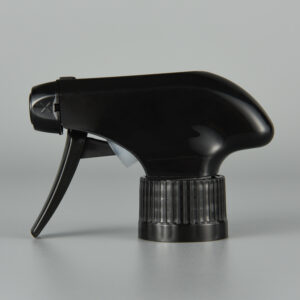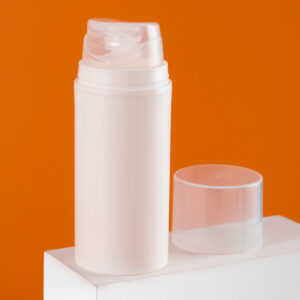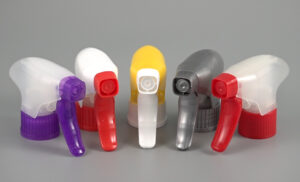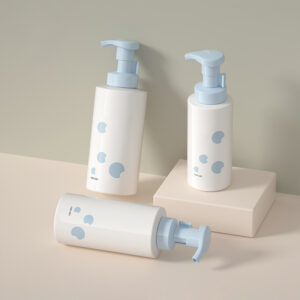Electroplating Overview

Electroplating is the process of plating a thin layer of other metals or alloys on the surface of certain metals or other materials using the principle of electrolysis. The electroplating process plays a role in preventing metal oxidation (such as rust), improving the wear resistance, electrical conductivity, light reflection, corrosion resistance (copper sulfate, etc.), and aesthetics of the parts. The outer layers of many coins are also plated.
Electroplating layers are generally thin, ranging from a few microns to tens of microns. Through electroplating, decorative protective and various functional surface layers can be obtained on mechanical products, and parts that are worn and machined incorrectly can also be repaired.
Electroplating Process

Basically as follows:
(1) Connect the coating metal to the anode, or add the soluble salt of the coating metal to the bath;
(2) The object to be plated is connected to the cathode;
(3) The cathode and anode are connected by an electrolyte solution composed of positive ions of the coating metal;
(4) After the DC power supply is applied, the metal of the anode will release electrons, and the positive (metal) ions that generate metal ions into the electroplating solution are reduced (electrons are obtained) at the cathode into atoms and accumulated on the surface of the cathode (see the figure below). ).
Different Electroplating Needs and Functions

(1) Copper plating: used as a primer to improve the adhesion and corrosion resistance of the electroplating layer. Copper is easily oxidized, and after oxidation, the verdigris can no longer conduct electricity.
(2) Nickel plating: used as a primer or as an appearance to improve corrosion resistance and wear resistance. The wear resistance of nickel plating in modern processes exceeds that of chrome plating. Note that many electronic products no longer use nickel as the base, mainly because nickel is magnetic, which will affect the passive intermodulation in electrical performance.
(3) Silver plating: In addition to decoration, it can improve the contact resistance of conductive materials. Silver has better properties, is easy to oxidize, and conducts electricity after oxidation.
(4) Palladium plating: Nickel can cause dermatitis. The European Union has long rejected the import of nickel-containing jewelry. Palladium is the best nickel-substituting metal. Palladium is a rare, lustrous silver-white metal, a type of precious metal that is a hundred times more expensive than nickel. Because palladium is expensive, only thin palladium electroplating is generally used in China, with a thickness of 0.1~0.2μm, which is used as an anti-corrosion decorative coating and an anti-silver discoloration layer on cupronickel tin. If the palladium layer is too thick (more than 1 μm), cracks are prone to occur.
(5) Gold plating: The real gold component, in addition to decoration, can also improve electrical conductivity. Although gold is the most stable chemically, it is also the most expensive.
(6) Rose gold plating: reddish gold, which has become very popular in women’s jewelry in recent years. Rose gold is actually adding copper to gold, making the gold a little red. As shown in the figure below, the color comparison of 4 kinds of zinc alloy working plating is shown.
(7) Imitation gold / imitation rose gold: Because the price of gold plating is too high, imitation gold has also appeared in the market, so that products with low prices can achieve the color of gold.Imitation gold is actually just brass, not gold. Brass is easy to be oxidized, so a protective layer must be covered on the imitation gold plating layer, and varnish (Lacquer) is generally used. Imitation rose gold is copper plating with varnish. Varnish is a kind of glue paint. After the workpiece is painted, the feel is not as good as that of real gold plating, but the cost and price can be reduced a lot.











